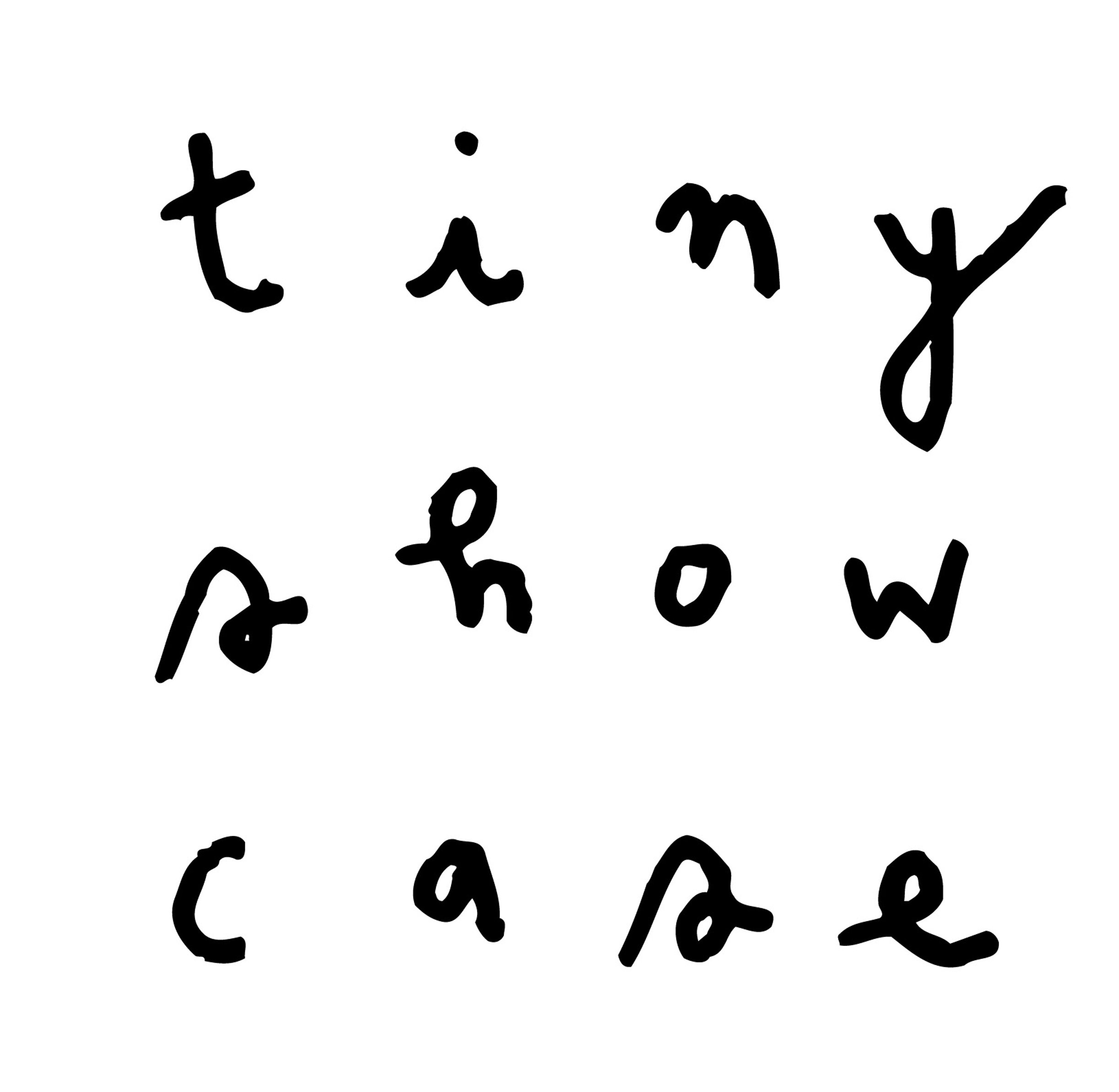"The Tooth Fairy’s Teeth" by Frankie Pittorf
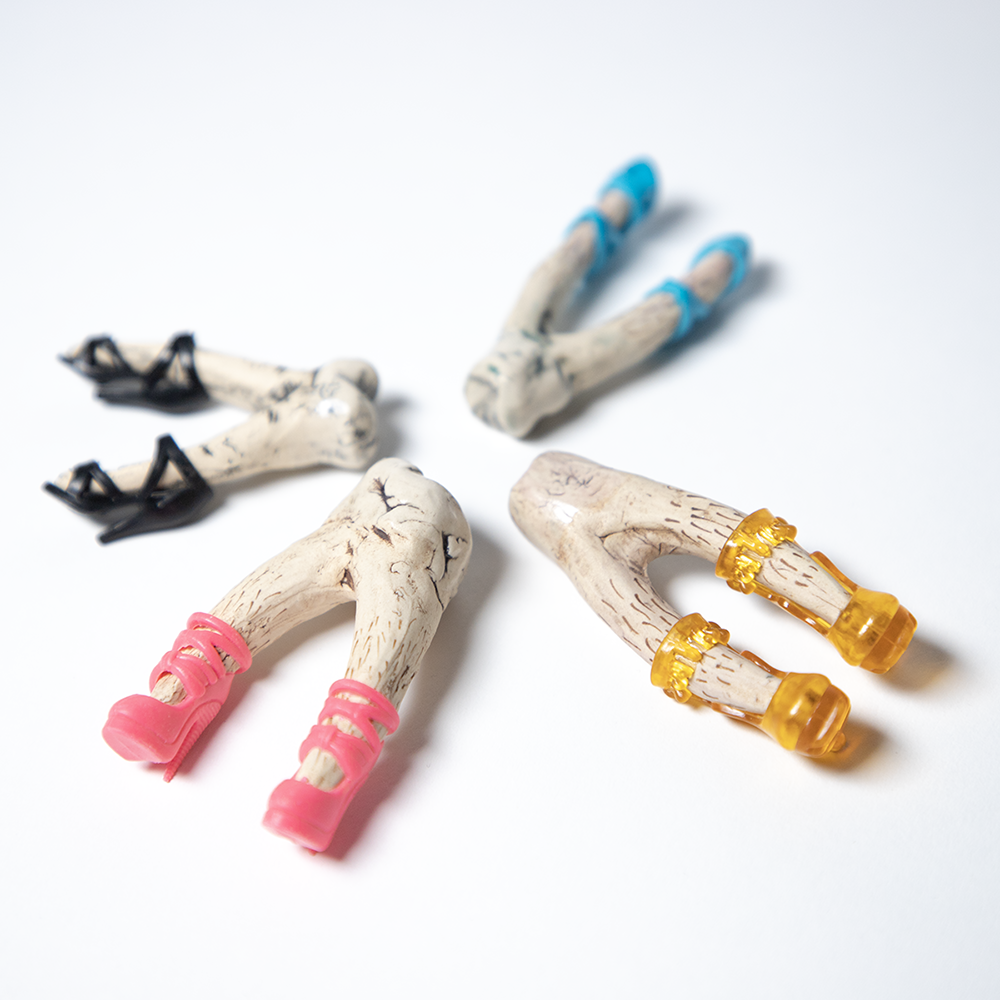
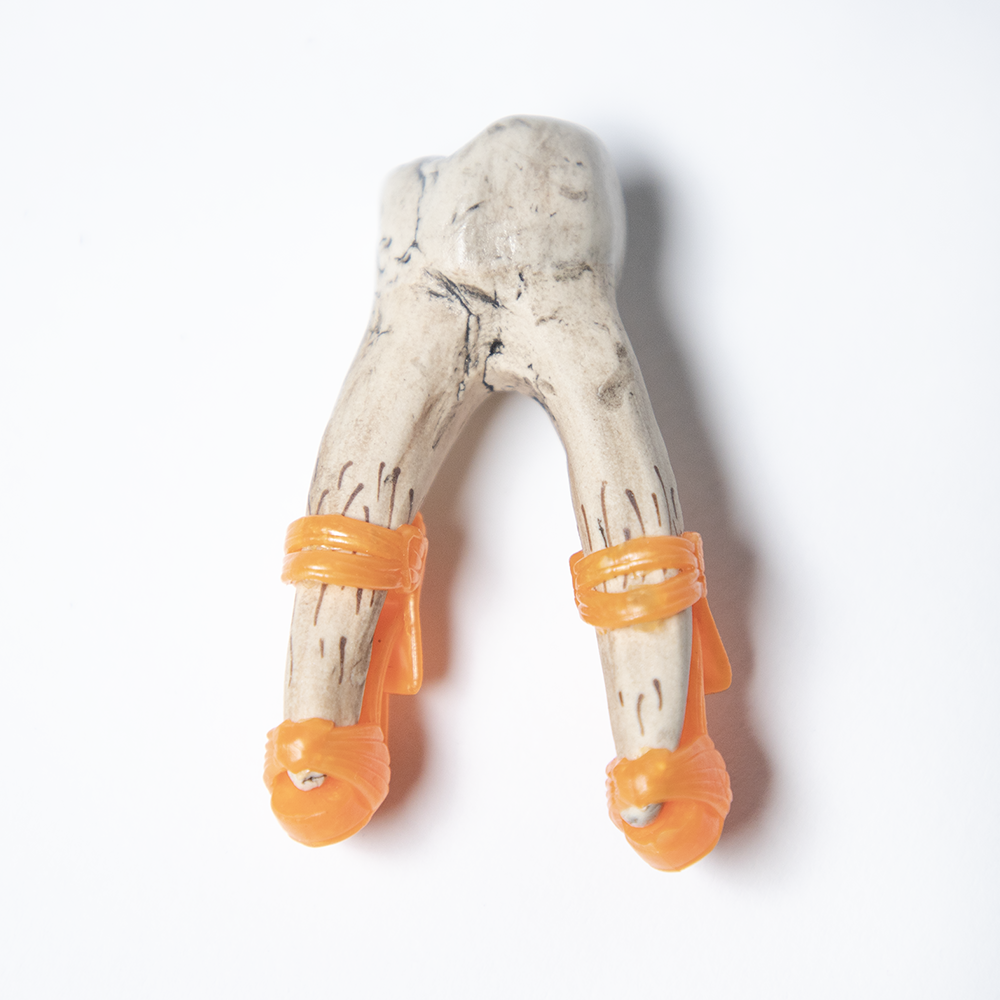
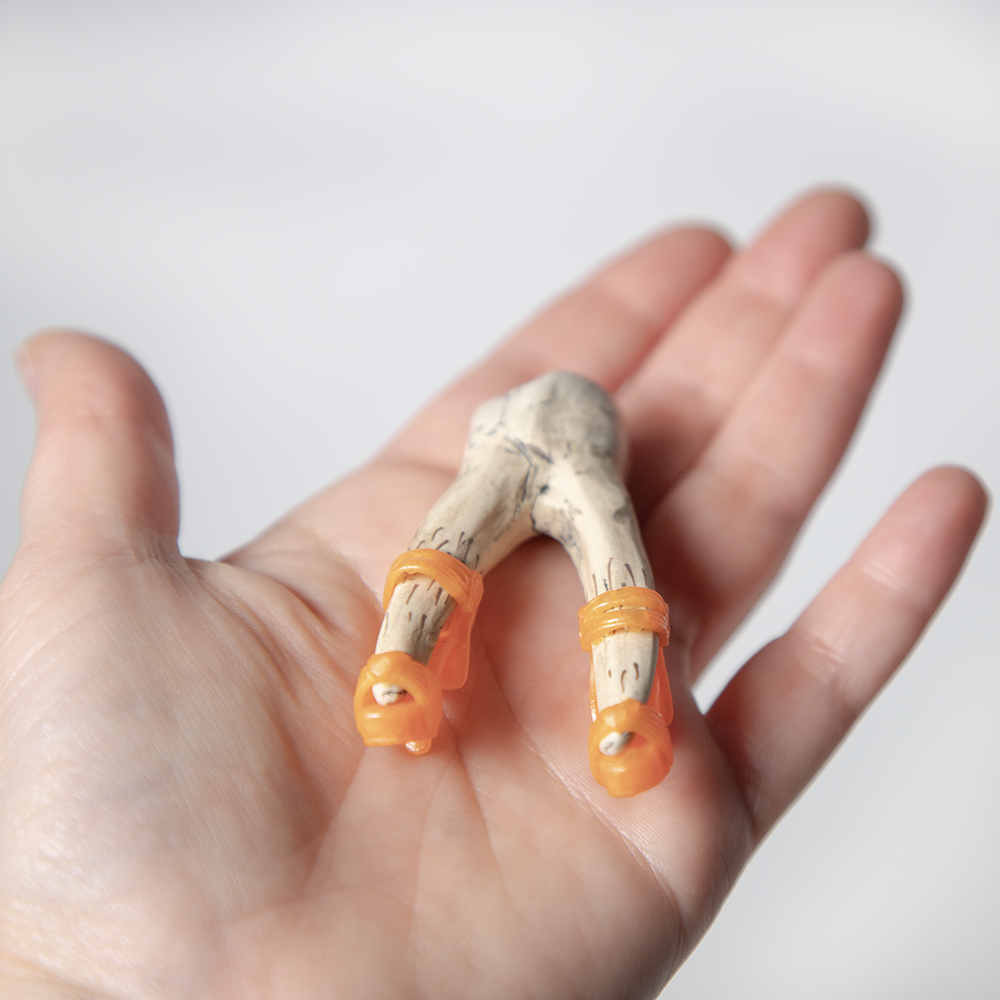
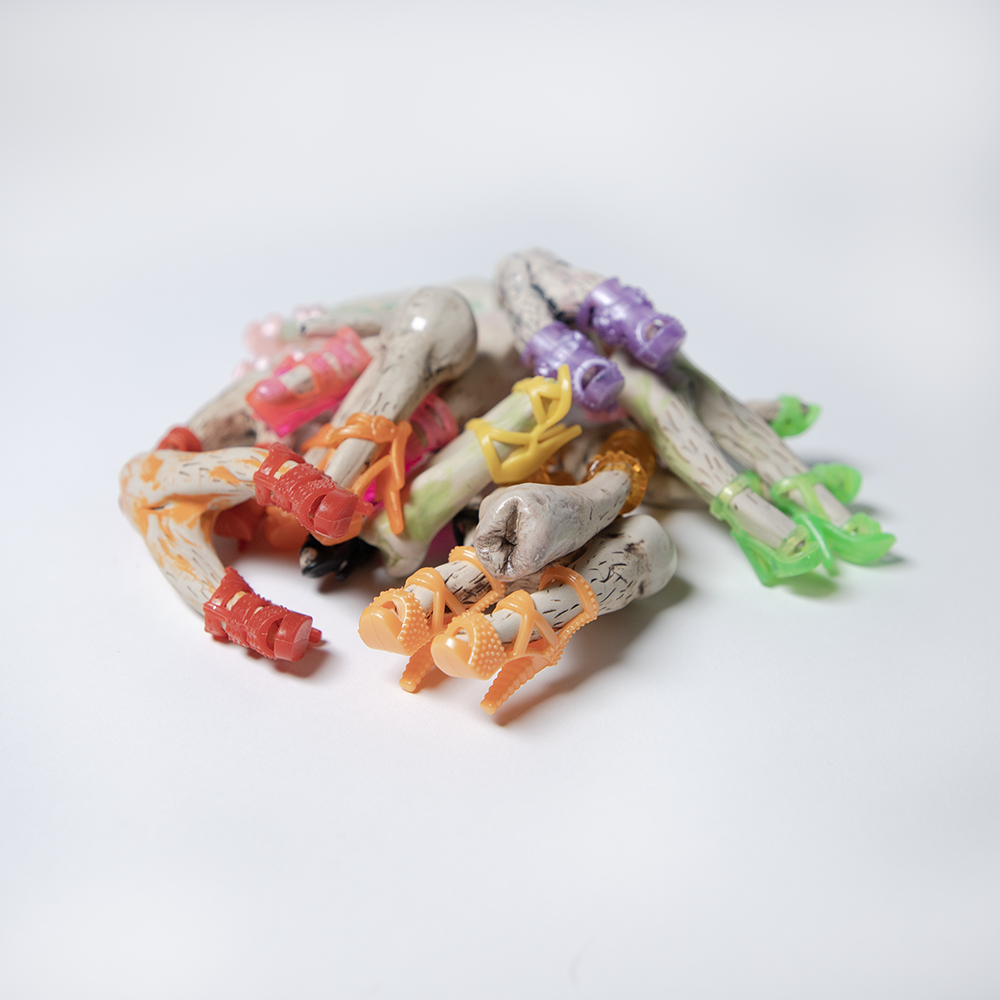
"The Tooth Fairy’s Teeth" by Frankie Pittorf
February 4, 2025.
The Tooth Fairy’s Teeth are handmade figures made of ceramic and Barbie shoes by Frankie Pittorf. Each tooth measures approximately 2 to 3 inches tall by 1 inch wide. This body of work was created in 2022-23 during a ceramics residency at the Steelyard in Providence, RI culminating in an installation of over 300 teeth.
Please note each sculpture is sold individually. There will be slight variations in size, shape, and color from piece to piece. Teeth are assigned randomly as they ship.
Meet Frankie Pittorf
Frankie Pittorf (they/them) is an interdisciplinary artist from Upstate New York who works primarily with ceramics. They received their BFA in studio arts from Syracuse University in 2022 with a focus in ceramics and jewelry. After graduation, Frankie completed residency, earning a kiln fellowship at the Steel Yard in 2022-2023. They began teaching at the Steel Yard in 2022 and have continued to work in Providence since. Frankie’s work centers around themes of identity, adolescence and memory, often reusing toys and screen printed drawings they created in childhood to construct narratives about Queer and Trans identity.
Frankie writes: “My work explores the intertwining relationships between identity, adolescence, and everyday objects. Toys, childhood drawings, and memories combine together to create visual narratives, materializing my past to examine my present. Reconstructing these elements in functional forms push the boundaries between utility and play, acting as a tool to further examine relationships they share with gender and queer identity. Breaking these components down and re-examining them in a new lens, offer space for new meaning and queer possibilities. Collectively, these works become an act of reclamation and reconciliation of my inner child, and allow space for queer expression and affirmation.”
